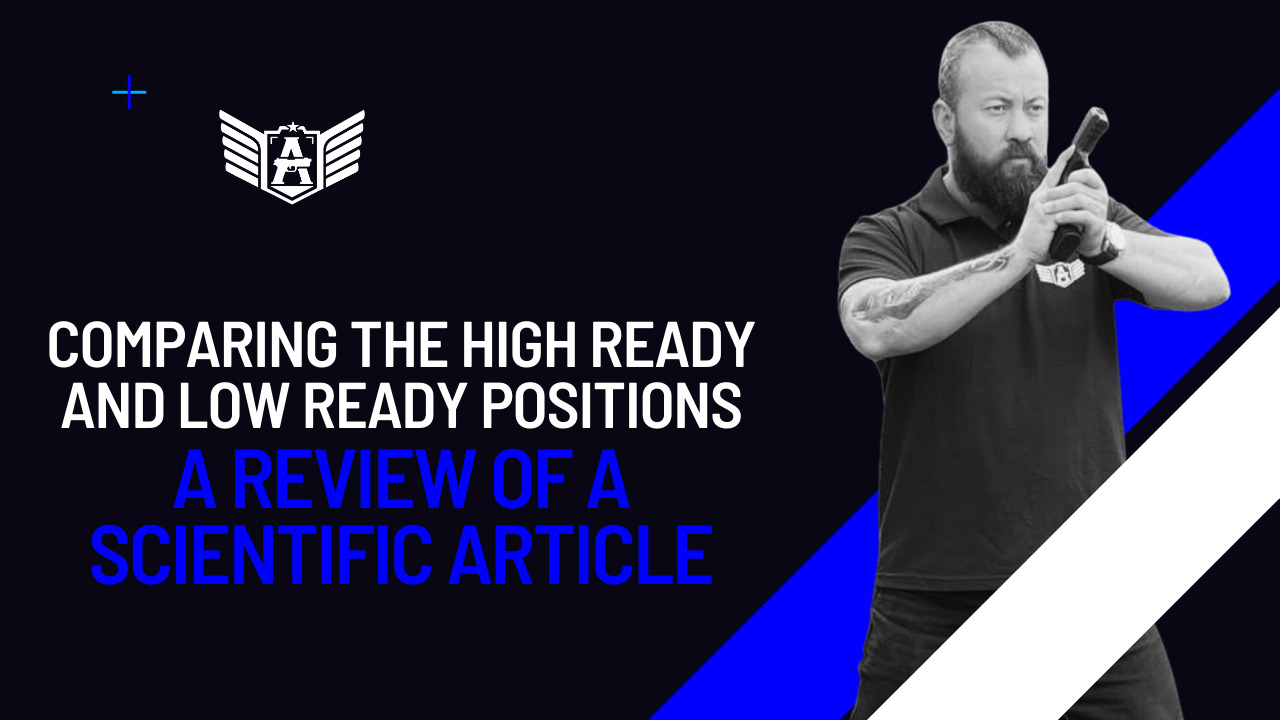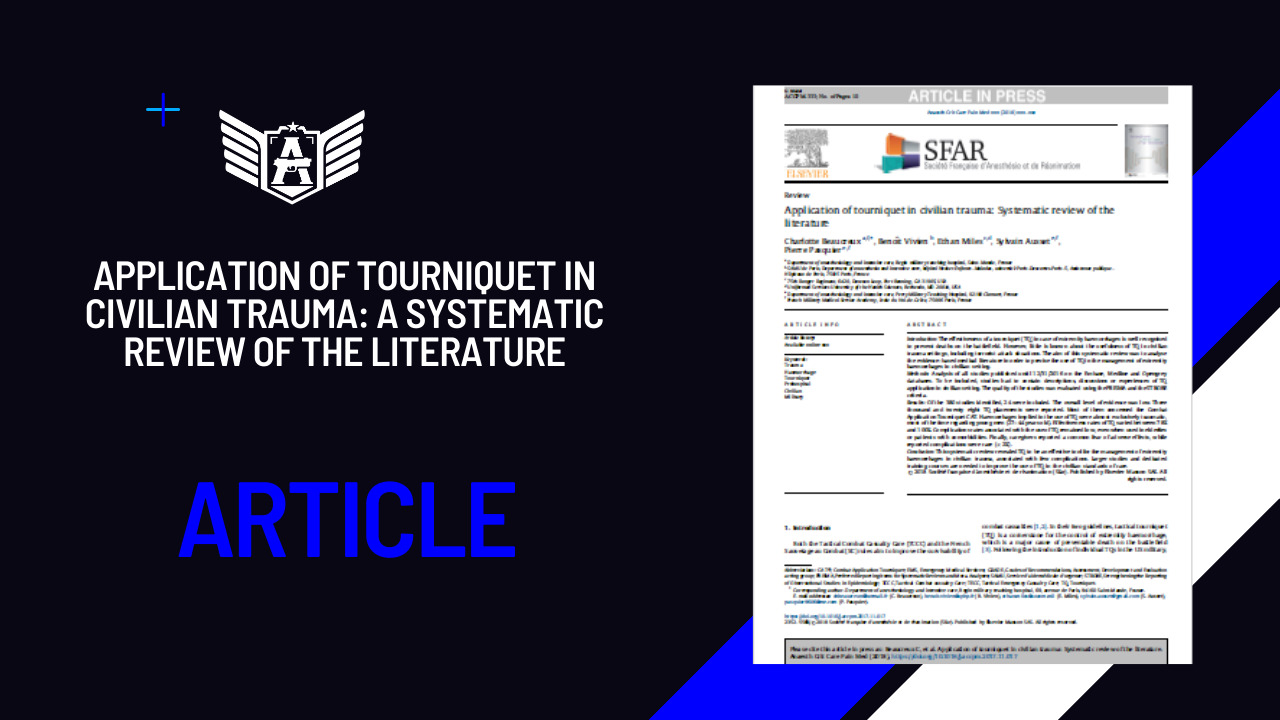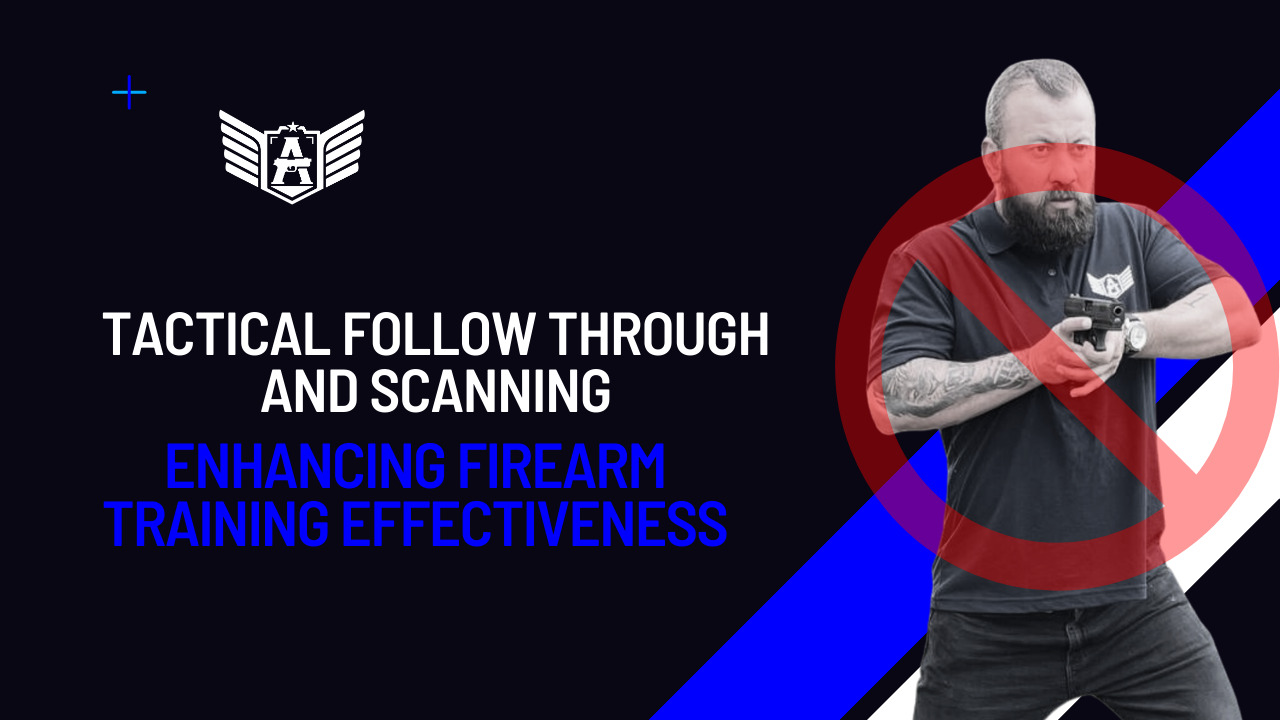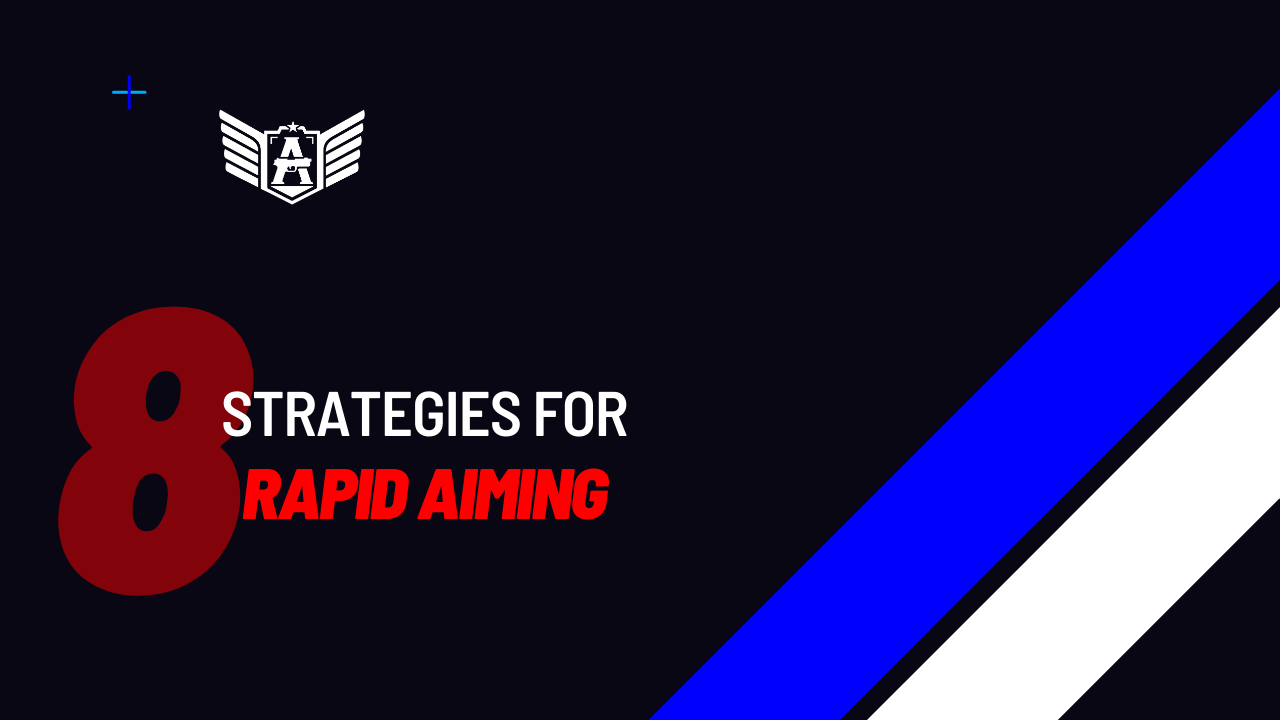
Do you know the high ready and low ready positions? Which one do you prefer to use? Why?
Muzzle discipline training is a topic that should be addressed from the training of new shooters to the practice of the more experienced. I’m sure that if I join 99.9% of civilian, police, or military groups around the world today, I’ll find someone making inappropriate, excessive, or neglected use of these techniques. Typically, shooters are taught the positions with a focus on safety rules, and that’s it. But that’s just the tip of the iceberg.
Paul L. Taylor was a brilliant exception on this topic and published the article “Engineering Resilience Into Split-Second Shoot/No Shoot Decisions: The Effect of Muzzle-Position” in the Police Quarterly journal in 2020. In his study, Taylor compared the speeds of the high ready, low ready, and aiming positions in a simulator.
A total of 313 active law enforcement officers from various locations participated in the study. The subjects were positioned in front of the simulator and received information as follows:
Unit one respond to 411 Main Street on a possible trespass in progress. Break.
Unit one continuing, the RP is a next door neighbor who says her neighbors are away on vacation and someone she doesn’t recognize is walking around the house and peering in the windows. Break.
Unit one continuing, the subject is a white male wearing a black hoodie, khaki pants, black beanie and sunglasses.
Unit one additional, the RP says the subject appears to be holding a gun.
Once the designated muzzle position was adopted, the officers were exposed to one of two video scenarios, namely a cellphone scenario or a gun scenario2. The random allocation to the video scenario occurred after the officer had taken on the designated position, utilizing a random number generator.
The results of the study are presented below:

In summary, the results indicate that although the risk of making an error is only slightly higher when starting from the aimed position compared to the high ready position (RR = 1.12), the risk of making a shooting error more than doubles when starting from the aimed position compared to the low ready position (RR = 2.13). By sacrificing an average time of 0.11 seconds, officers significantly reduce the likelihood of a false-positive shooting error by over half without increasing the risk of a false-negative error when starting in a low ready position rather than an aimed position.
Although the reaction speed is higher for the aiming position, followed by the high ready position, and lastly for the low ready position, the trade-off between false positives and speed must be considered. Taylor emphasizes that several noteworthy implications arise from this study. Despite the limitations inherent in a simulated setting and the necessity to comprehend variations in first-shot accuracy concerning muzzle positions, the research highlights the potential to enhance resilience in split-second shoot/no-shoot decision-making without imposing a significant time burden on officers. Specifically, commencing from a low ready position instead of aiming directly at a subject with hands in pockets reduces the risk of a misdiagnosis shooting error by more than half—30% compared to 64%—at a mere cost of 11/100th of a second. It’s worth mentioning that police officers typically do not receive training to shoot from the low ready position, and no known law enforcement firearms qualification course initiates officers from the low ready position to assess shooting proficiency. Although further research is warranted, law enforcement agencies could initiate assessments of lower muzzle positions through static shooting range training, allowing for a comprehensive evaluation of speed and accuracy. Additionally, dynamic scenario-based training could further explore the relationship between muzzle position and decision-making. As officers gain more training and experience, the time dynamics may evolve, and any associated alterations in decision-making should undergo thorough evaluation.
Taylor, P. L. (2020). “Engineering Resilience” Into Split-Second Shoot/No Shoot Decisions: The Effect of Muzzle-Position. Police Quarterly, 109861112096068. doi:10.1177/1098611120960688




